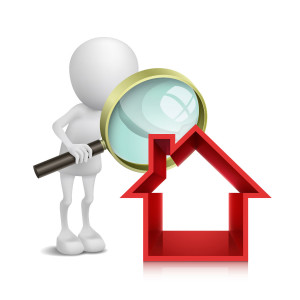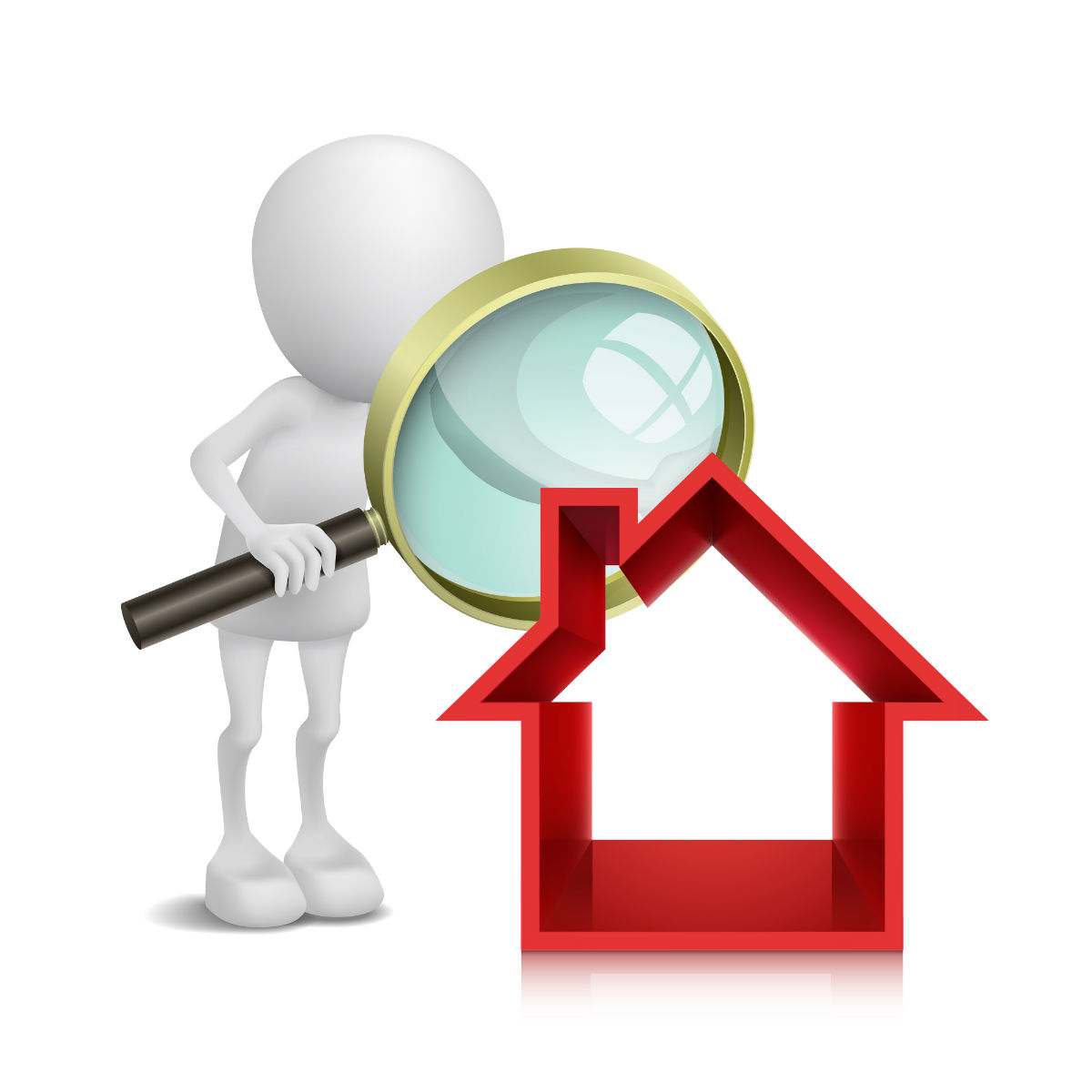 The National Fire Protection Association (NFPA) develops, publishes and disseminates more than 300 consensus codes and standards intended to minimize the possibility and effects of fire and other risks. One code in particular, NFPA 211, is the industry standard upon which upon which certified chimney sweeps base their services. The code was written to provide for the reduction of fire hazards by ensuring the safe removal of flue gases, the proper installation of solid fuel-burning appliances, and the correct construction and installation of chimneys, fireplaces, and venting systems.
The National Fire Protection Association (NFPA) develops, publishes and disseminates more than 300 consensus codes and standards intended to minimize the possibility and effects of fire and other risks. One code in particular, NFPA 211, is the industry standard upon which upon which certified chimney sweeps base their services. The code was written to provide for the reduction of fire hazards by ensuring the safe removal of flue gases, the proper installation of solid fuel-burning appliances, and the correct construction and installation of chimneys, fireplaces, and venting systems.
The NFPA and Chimney Safety Institute of America (CSIA) classify chimney inspections into the following categories: Level 1, Level 2, or Level 3. Each level of inspection covers specific items depending on the individual appliance and how it is vented to the outside of your home. Let’s look at all three levels to get a better understanding of what’s completed during each.
Level 1 inspections are completed during your routine chimney cleaning. This is the recommended level when the conditions of use have not changed over the past year. It’s a more routine evaluation that, as such, should be carried out annually. Level 1 inspections are limited in scope to the portions of the chimney’s exterior and interior that are easily accessible as well as the portions of the fireplace and flue that are readily accessible. The technician will be looking to gauge the basic soundness of the flue and chimney structure as well as your basic fireplace installation and connections. The technician will also check to make sure the chimney is free of obstructions and combustible deposits.
Level 2 inspections are more detailed and thorough than their Level 1 counterparts and are recommended either when the conditions of use have changed during the past year or when a Level 1 inspection reveals an issue that warrants a more thorough inspection. A few notable issues that may call for a more in-depth inspection are homeowners opting to convert his or her traditional fireplace to a gas unit or when an event has occurred that possibly could have caused damage to the chimney (e.g., chimney fire, earthquake, or foundation settling). It’s also recommended upon the sale or transfer of the property. Level 2 inspections include everything Level 1 inspections include as well as the inspection of accessible areas of the attic, basement, and crawlspace and a video evaluation of the inside of your chimney.
Level 3 inspections are the most in-depth of all the inspection types and are conducted after either a Level 1 or Level 2 inspection reveals a major issue in parts of the chimney and/or flue that are not, by traditional standards, easily accessible. It’s important to note that the technician’s examination of concealed areas is limited to those areas that are reasonably suspected of containing hazards that can’t be evaluated otherwise. Level 3 inspections include all of the areas covered in Level 1 and Level 2 inspections as well as inspection of otherwise concealed areas to further investigate known or suspected problems. Because certain portions of Level 3 inspections require some sort of demolition to, within, or around your home, the technician will discuss these areas with you prior to the inspection beginning any work.
Whew! That’s a lot of information! However, it’s a lot of necessary information for any homeowner with a chimney and/or fireplace. Understanding the general scope of work required with each level of inspection is critical to being an informed homeowner and consumer. Knowing what you’re getting yourself into before getting into it will generally leave you feeling much better before, during, and after the situation than remaining blissfully ignorant ever could. Regardless of how you plan to use your system, it’s important that you make annual chimney inspections a priority in your home. Contact the CSIA-certified professionals at Old Smokey’s today and we’ll help you determine what level of inspection you need.

